Avatar Legends: The Fighting Game — Can It Bend the Future of Fighters?

Honestly, when I saw the reveal for Avatar Legends: The Fighting Game, I felt that nostalgic thrill — the bending, the elemental heroics, the epic showdowns. But here’s the catch: nostalgia alone doesn’t make a fighting game great.
At first glance, Avatar Legends looks like it might be more. Fluid 2D hand-drawn art, support character mechanics, responsiveness, online integrity — these are things hardcore fighters care about. Still, balancing fan expectations, competitive depth, and performance across platforms will be critical.
In this article, I’ll go over everything known so far — systems, platforms, features, risks, comparisons, predictions — and share what I believe this game could become if everything clicks.

What Is Avatar Legends: The Fighting Game?
- Avatar Legends: The Fighting Game (working title) is a 1v1 fighting game by Gameplay Group International.
- It is designed for both veterans and newcomers, meaning there’s an emphasis on accessibility as well as depth.
- Visual style: hand-drawn 2D animation, made to preserve the expressiveness and artistry of Avatar: The Last Airbender / Legend of Korra.
- Key features include a Flow System (movement-centric gameplay), support characters that grant special moves or augment combat style, single-player campaign with original narrative, combo trials, gallery mode, cross-play, and rollback netcode.
Platforms, Release Window & Systems
- Platforms confirmed: PC (Steam), PlayStation 4, PlayStation 5, Xbox Series X / S, Nintendo Switch 2.
- Release window: Summer 2026 is when this is expected to launch.
System Requirements (Estimated)
Minimum (PC):
- OS: Windows 10 64-bit
- CPU: Intel i5-6600 / Ryzen 5 1600
- GPU: GTX 1060 / RX 580
- RAM: 8 GB
- Storage: 60 GB
Recommended:
- OS: Windows 11
- CPU: Intel i7-9700K / Ryzen 7 3700X
- GPU: RTX 3060 / RX 6700 XT
- RAM: 16 GB
- Storage: 70 GB SSD
If optimization is done right, the game should run smoothly on next-gen consoles — PlayStation 5, Xbox Series X/S, and Switch 2.

Gameplay Mechanics & What Seems Unique
Here’s what stands out — and what I think could make or break the game.
Flow System & Movement Focus
The Flow System promises to center gameplay around movement, positioning, fluid transitions. What surprised me is how often recent fighting games lean toward static spacing or passive offense; this seems to push back against that.
That said, implementing movement-centric systems while keeping inputs responsive across platforms (especially consoles / Switch 2) is challenging. Lag or input delay could undermine what the Flow System promises.
Support Characters
Selectable support characters are part of the core design: they influence playstyle, grant special moves, alter match dynamics. Examples mentioned include Appa (Aang’s flying bison), Naga (Korra’s polar bear dog) and June.
This adds variety and fan service. If balanced well, supports can deepen strategy; if unbalanced, they may become overpowered or underused.
Combat Style & Modes
Other features: Combo Trials, Gallery Mode, Single Player Campaign. These suggest the game wants to offer both competitive and casual / narrative experiences.
Rollback netcode and cross-play are key for competitive viability — when rivals do that poorly, they suffer. Here, Riot/Gameplay Group seems aware.
Known Roster & Characters
- Confirmed characters shown in the announcement/trailer: Aang, Korra, Zuko, Toph, Katara, Sokka, Azula among the 12 playable characters at launch.
- Support characters (such as Appa, Naga, June) will assist or modify play styles.
Because only part of the roster is revealed, speculation is strong. Fans will watch for inclusion of avatars, lesser known characters, and possibly DLC additions post-launch.

Community Reactions & Early Feedback
From NeoGAF
“What is my incentive to not pick an Avatar?” — a user questioning balance, wondering if Avatars will always be overpowered compared to non-Avatar fighters.
“Blood bender Katara likely takes down Avatar Korra anyway.” — speculation about character strength and how bending types may stack up.
From JeuxVideo.com (French forum)
“Trop stylé on croirait être devant le dessin animé”
(Very stylish, it feels like being in front of the animated series.) — praise for visuals & art style.
“Pas tellement de persos c’est décevant encore un jeu de combat qui va se gaver sur les dlc”
(Not that many characters, that’s disappointing — another fighting game that will load up on DLCs.) — concern about roster size and DLC strategy.
From Reddit / “TheLastAirbender” sub
“Personally I would want a similar style to a game like Dragon Ball FighterZ. Also roster should be at least for the start around 20-24 characters …” — a fan's ideal expectations for roster size and style.
“Untapped potential for Avatar Video Games … I mean, if it’s an arena based fighter, you have a really solid place for each element within just the original series!” — excitement about elemental arenas, hoping the game uses existing lore + settings well.
What These Quotes Tell Us
- Balance is a big concern: players are asking if Avatars will be too powerful; will roster & mechanics allow non-Avatar fighters to compete.
- Visuals are winning hearts: people repeatedly say the style looks like watching the show — a big win for fan trust.
- Roster size uncertainty: there’s both excitement and disappointment — the announced 12 is seen as good, but many want a much larger initial roster.
- DLC strategy worry: some fear that DLCs will be too heavy, or that initial content will feel limited.
If you use these quotes, you might format something like:
“Trop stylé on croirait être devant le dessin animé” — JeuxVideo.com user praising the visuals.
“What is my incentive to not pick an Avatar?” — NeoGAF user questioning character balance.
Comparisons: What To Compare & How It Stands Out
To understand the potential, compare this with:
- Other licensed fighter attempts — many have suffered from shallow mechanics, poor netcode, or reliance on fan love over substance.
- Mainstream fighting games like Street Fighter, Tekken, Guilty Gear, Dragon Ball FighterZ: what they did right (balance, combo depth, spectator modes, esports support).
- Avatar franchise’s past games, which often were action/adventure or RPG-oriented rather than pure fighters. This is more direct and focused.
What really stands out is the combination of hand-drawn art + movement focus + support characters + rollback netcode. If implemented well, that could give it serious competitive legs.

Predictions & What’s Next
If you ask me:
- The roster will expand via seasonal updates — likely fan favorites will be added (e.g. Iroh, Azula variants, younger avatars, etc.).
- I suspect there’ll be a robust training mode / tutorials to help newcomers (Avatar fans who aren’t fighting game veterans).
- Esports potential: small tournaments, streaming showcases, possibly a competitive circuit.
- The devs will need to refine the Flow System and movement polish heavily. Performance drops or input latency will be biggest complaints if not addressed.
- Cosmetic content & gallery mode will help appease fans of lore / visuals.
FAQs
Q: When is it releasing?
A: Scheduled for Summer 2026 on PC, PS4, PS5, Xbox Series X|S, and Switch 2.
Q: What platforms?
A: PC (Steam), consoles including PS4, PS5, Xbox Series, and Switch 2.
Q: How many characters at launch?
A: 12 playable characters.
Q: What is the “Flow System”?
A: A movement-centric gameplay mechanic designed to reward fluid positioning, combos, and dynamic play over static spacing. Details are limited.
Q: Will it support cross-play and rollback netcode?
A: Yes, both are confirmed features.
Q: Is there a single-player mode?
A: Yes — there’s a campaign with an original narrative, plus gallery mode and combo trials.
Critical Analysis & My Take
For me, the highlight is how respectful this project seems to Avatar’s legacy. The art style and animation feel like they want to evoke the series rather than copy it. The Flow System and support character mechanics indicate ambition.
But I’m not fully convinced it’s smooth sailing. Licensed games often falter on polish, netcode, balancing. If Avatar Legends fumbles on input lag, or if the PC-console parity suffers, early hype may fade.
What surprised me is the speed and clarity of the announcement: many features already confirmed, modes listed. That shows confidence. At the same time, often real gameplay depth comes only after beta / testing — so I’ll be watching closely for hands-on previews.
If you ask me, this game’s potential is high — it could become a new standard for how animated licensed IPs can succeed as fighters. But the margin for error is narrow.
Conclusion & Call to Action
To be fair, Avatar Legends: The Fighting Game feels like one of the most promising licensed fighters in years. If everything works as announced — the animations, cross-play, movement, support mechanics — it could become a fan favorite and competitive staple.
Maybe it’s just me, but I believe this game can bend expectations, not just fans. But the biggest test will be polish (especially input and performance), roster depth, and how well the devs support it post-launch.
What about you? Which Avatar character are you most excited to play? Do you care more about story/narrative or competitive depth? Will you follow the release closely or wait for reviews?




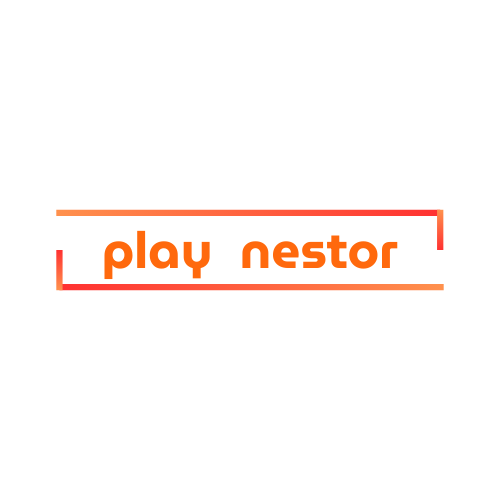
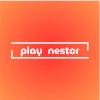
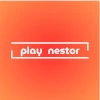
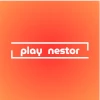
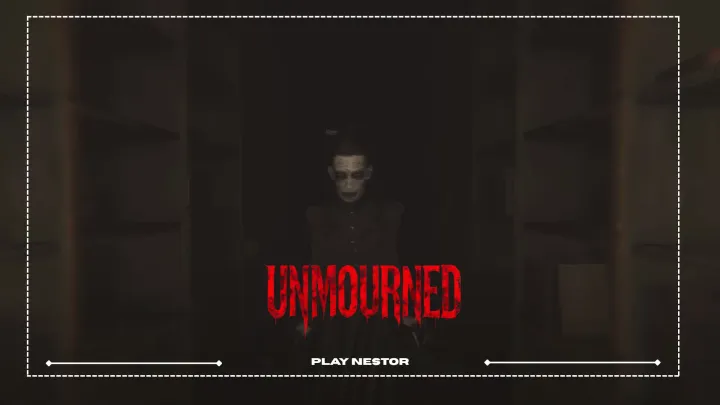
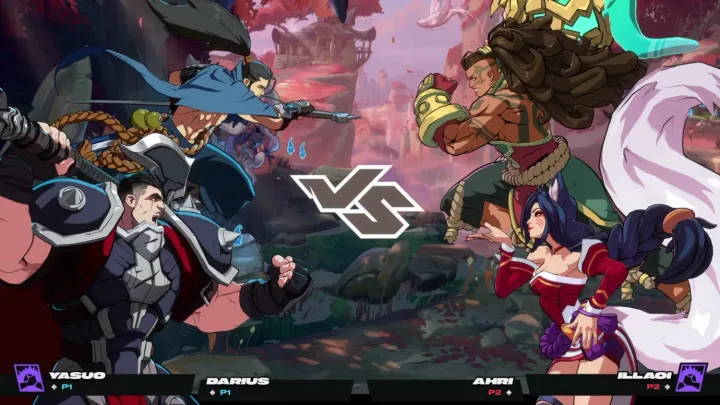
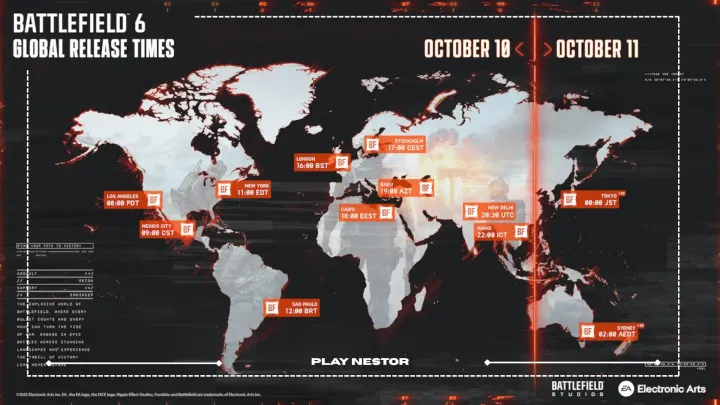
Comments ()